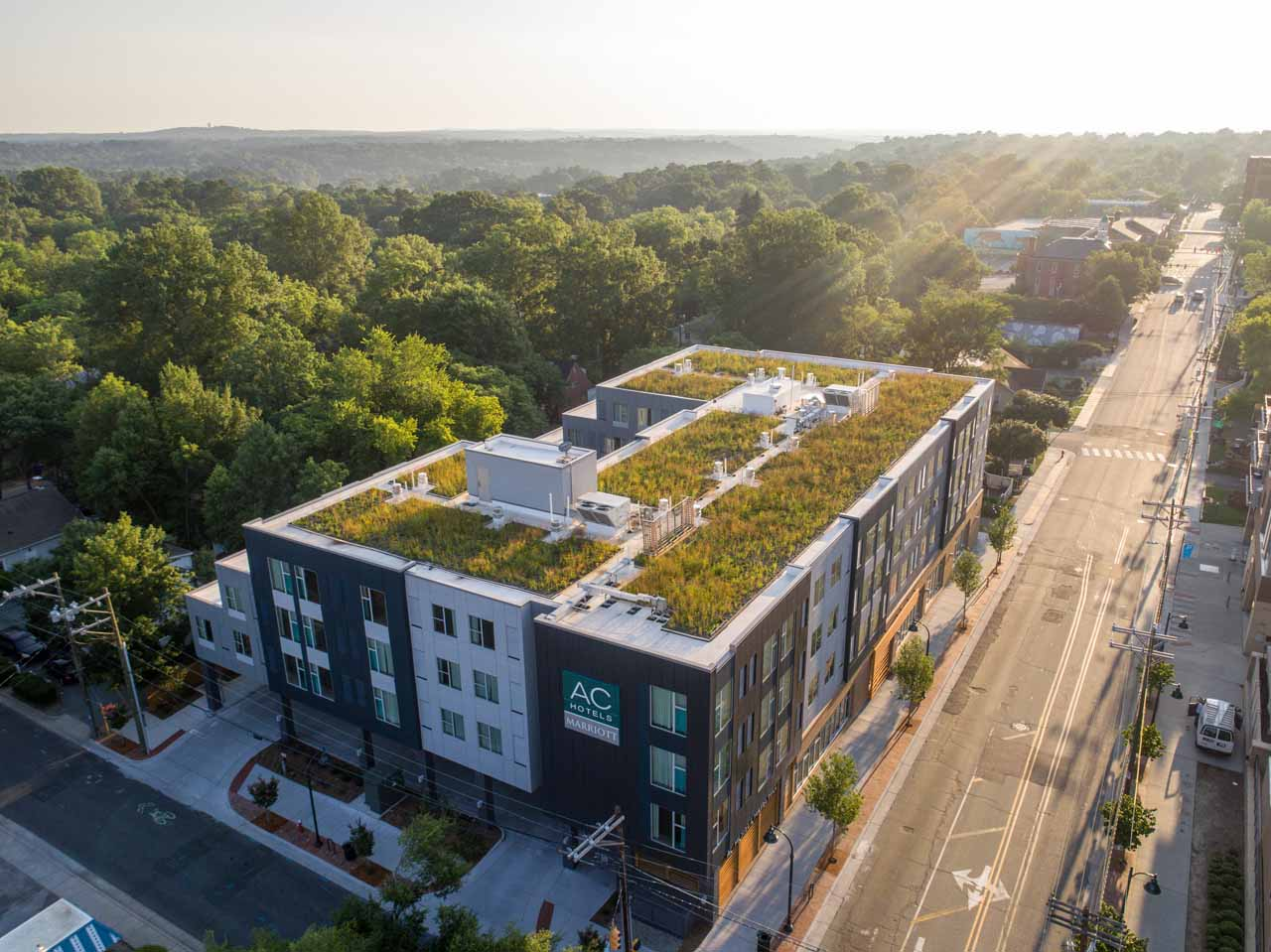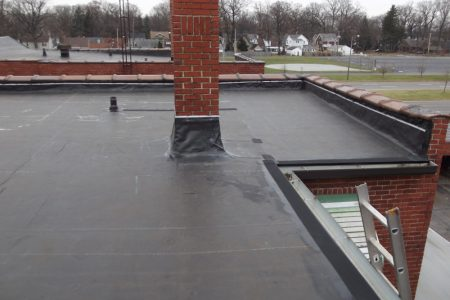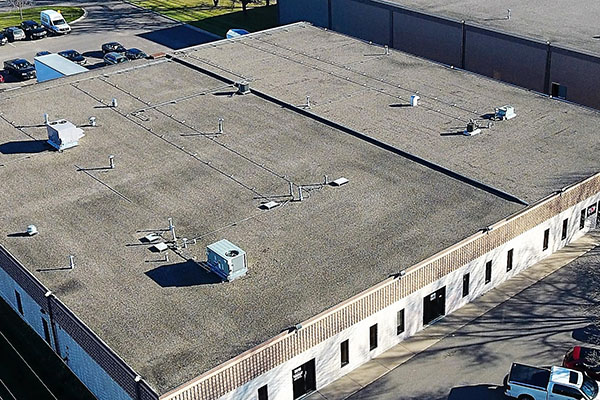A roof is the outermost covering of the top of a building. A roof is not just the metallic or ceramic material, but also the materials and constructions that are involved in supporting the walls of the building. Roofs are necessary, as they offer protection against rain, snow, sunlight, wind and so on. A roof can be likened to a sealed envelope. Any damage or dent in one part can lead to the compromise of the integrity of the entire roof. Roofing is usually a huge project that requires a lot of labor and money. The features of a roof are dependent on the purpose of the building it covers, the type of materials used, and the local traditions of the construction.
What Are the Design Elements of a Roof?
The elements involved in the design of a roof are as follows:
- The material
- The construction
- The durability
- The material: Roofs have always been a part of human existence. Although, there were no sophisticated materials in the past. People relied on materials such as banana leaves, seagrass in the past. However, recently, people now make use of various materials such as aluminum, copper, TPO, asphalt, ceramic tiles and so on.
- The construction: The type of construction used in roofing depends on the method of support, how the underneath space is bridged, and if the roof is pitched or not. The pitch of a roof is the angle at which the roof rises from the lowest to its highest point. A lot of domestic houses in the United States do have sloped or pitch roofs except in very dry Areas with little rain mostly construct almost flat roofs. Drainpipes also eliminate the need to have a sloping roof.
- The durability of the roof: durability is one of the most important aspects of a roof. Roofing is always a huge project, except in small houses, or huts. It requires a lot of work and expenses. This is why it’s best to always go for quality at every time. This would not only save you the stress of having to hire a roofer but could also save you a lot of money.
What Are the Functions of a Roof?
The primary purpose of having a roof is to protect people and their properties from weather elements such as wind, rain, sunlight, snow and so on. It also serves as a form of insulation considering the structure and choice of the roofing material. Below are some of the functions of a roof:
- Insulation: One of the most important purposes of having a roof is for insulation. Some roofing materials have excellent insulating properties. Roofing materials such as thatch have a good insulating property, while those that don’t have this feature have extra insulation installed under the outermost layer. Most buildings have a ceiling installed under the roof. The main purpose of this is to insulate the heat and cold, noise from the roof. The ceiling is the reason we don’t feel the full impact of rainfall, storms, wind inside the house. In addition, it also ensures
- Drainage: Roofs also helps to keep water out of the house. It’s difficult to imagine having a house without a roof during summer, winter or spring. This building would be unbearable to live, even for animals. Roofs help to get rid of the water that falls on it. This is why a lot of roofs are sloped, so water can flow down to the gutter, and emptied to drainage.
What Are The Components Of Commercial Roofing System?
There are various types of commercial roofing systems. Most low-slope commercial roofing systems are made based on 3 main principles. They include the following:
- Reinforcement: This adds a lot of strength, resistance and stability to the roof.
- Surfacing: This is a component of the roof that protects the weatherproofing and reinforcement from sunlight and weather.
- Weatherproofing layer: This is the most important element of the commercial roofing system. It helps to keep water from permeating the roof assembly.
What Are the Types of Commercial Roofing System?
- Thermoplastic roofing: This type of roofing has recorded a lot of growth over the years. This can be attributed to its features such as durability, high-temperature resistance, low temperature-flexibility, and ability to resist ultraviolet, ozone and chemical exposure.

In addition, they do last for a long time, which is why a lot of people settle for them. They have a high resistance to punctures, chemicals, and high winds.
- EPDM roofing: One thing that sets this type of roof apart from the others is its superior durability and versatility. This has made it one of the longest lasting types of commercial roof.

In addition, some of the features that have made it a favorite to homeowners and roofers include the following:
- It’s easy to install, especially when compared to other types of roofing systems.
- It can be easily maintained as compared to other types of the roofing
- Built-up roofing system: This type of roofing can last for more than 40 years if well installed and maintained. They have been in use in the United States for over 100 years. They are installed by alternating layers of asphalt or tar. Some of the advantages of the built-up roofing include the following:
- They help to reduce ultra-violet radiation.
- They are cheap to install and maintain.
- Waterproof: Built-up roofing is typically a continuous solid surface that doesn’t have any joints or seams. This makes them waterproof and eliminates any chance of leaking.

- 4. Photovoltaic solar panels: Solar panels have been gaining a lot of popularity in recent times, especially as people are looking for ways to cut down their energy cost. Photovoltaic solar panels are the right path towards green and sustainable energy. A lot of homeowners are opting for this type of solar panels. They are usually installed on rooftops and are mostly made with glass, membrane and roof-mounted tile. The panels are able to absorb sunlight and convert it to electrical energy which can be used to power a building. Solar panel roofs are a great way to conserve energy and also cut down energy cost.
- Green roofs: Statistics have shown that the green roof has recorded the greatest amount of popularity in the last few years. The rooftop can be partially or entirely covered with vegetation. Vegetation and soil are planted on a flat roof over a waterproofing membrane. Some of the benefits of green roofs include the following:
- They help to reduce the urban heat island effect by absorbing heat.
- They boost the insulation value of homes.
- Green roofs also increase the lifespan of the roof by up to 3 times.
- It helps to cut down heating and cooling cost.
They are excellent for industrial, institutional and residential low slope roofing.
- Metal Roofing: Metal Roofing is one of the oldest types of commercial roofing systems available. Most metal roofs are made of materials such as aluminum, corrugated galvanized steel, tin and so on. Some of the features of this type of roof include their lightness. This makes it possible to install them on an existing roof. Other things can also be added to metal roofing after it has already been installed. Some of these things include waterproofing, rust protection, Ultraviolet protection and so on. The advantages of metal roofing include the following:
- It’s durable, especially when well installed and maintained.
- It has the ability to withstand natural elements such as snow and high winds.
- Energy sufficient: Metal sheet can be produced from recycled materials.
- Resistance to fire: It has proved that metal roofs are less prone to fire damage.
References
Insurance | NRCA, National Roofing Contractors Association. (2019). Retrieved from http://www.nrca.net/roofing/Insurance-631
Roof system types | Everybody Needs a Roof. (2019). Retrieved from http://www.everybodyneedsaroof.com/roof-system-types
Roofing. (2019). Retrieved from https://www.angieslist.com/roofing/
The Best Roofing Contractors Near Me (with Free Estimates). (2019). Retrieved from https://www.thumbtack.com/k/roofing/near-me/







